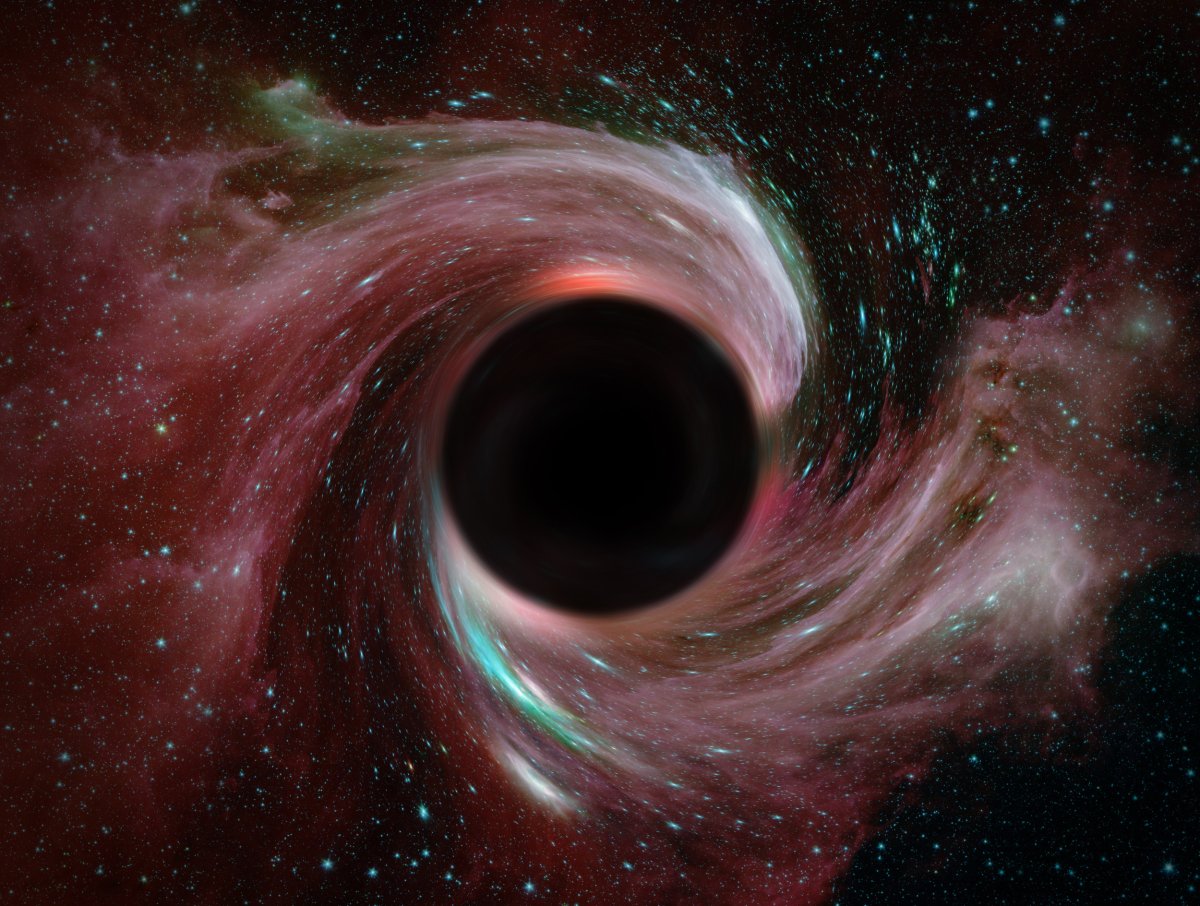A wobbling star helped scientists spot the largest stellar black hole ever detected in our galaxy "lurking nearby" in what has been described as a once-in-a-lifetime find.
Named Gaia BH3, the black hole is thought to be around 33 times bigger than our sun.
It was discovered when astronomers analyzing data from the European Space Agency's Gaia mission spotted a strange wobbling motion in a star located in the constellation of Aquila.
It turned out this jiggling was being caused by the star orbiting a black hole, Gaia BH3.
"No one was expecting to find a high-mass black hole lurking nearby, undetected so far," study author Pasquale Panuzzo, an astronomer at the Observatoire de Paris, part of France's National Centre for Scientific Research (CNRS), said in a statement. "This is the kind of discovery you make once in your research life."

Situated around 2,000 light years away from us, Gaia BH3 is the second-closest known black hole to our home solar system and leagues larger than the previous record-holder, Cygnus X-1, which was 21 times the sun's mass, according to the research paper in the journal Astronomy and Astrophysics.
Most other stellar black holes in our galaxy don't exceed 10 times the mass of our sun.
Stellar black holes are a type of black hole that forms from the remnants of enormous stars. When a big enough star runs out of hydrogen fuel to burn, it collapses under its own gravity, exploding in a supernova and leaving behind the star's huge core.
If its core is massive enough, it will collapse into a black hole, an object so dense and with such a great gravitational pull that not even light can escape.
Stellar black holes typically have masses ranging from about five to several tens of times the mass of our sun. They are much smaller in mass compared to supermassive black holes, which can be millions to billions of times the mass of the sun and are found at the centers of galaxies, including our own.
Therefore, while this newly discovered black hole is the largest stellar black hole in our galaxy, it is still much smaller than the supermassive black hole Sagittarius A* at the center of the Milky Way.
The star that orbits Gaia BH3 was hoped to give clues as to the star that died so that the black hole could be born, as binary stars often have similar compositions. Data from the Ultraviolet and Visual Echelle Spectrograph instrument on the European Southern Observatory's Very Large Telescope found that the companion star was very metal-poor, meaning the black hole parent star likely was as well.
Metal-poor stars—predominantly composed of hydrogen and helium, with minimal heavier elements—are believed to retain more mass throughout their lifetimes, potentially leaving behind enough material to form more massive black holes upon their demise. However, direct evidence connecting metal-poor stars to the formation of high-mass black holes has been elusive until now.

There is much more data being gathered on this black hole and its star, but this will not be released in its entirety until 2025.
"We took the exceptional step of publishing this paper based on preliminary data ahead of the forthcoming Gaia release because of the unique nature of the discovery," paper co-author Elisabetta Caffau, a researcher at CNRS Observatoire de Paris, said in the statement.
Do you have a tip on a science story that Newsweek should be covering? Do you have a question about black holes? Let us know via science@newsweek.com.
Uncommon Knowledge
Newsweek is committed to challenging conventional wisdom and finding connections in the search for common ground.
Newsweek is committed to challenging conventional wisdom and finding connections in the search for common ground.
About the writer
Jess Thomson is a Newsweek Science Reporter based in London UK. Her focus is reporting on science, technology and healthcare. ... Read more
To read how Newsweek uses AI as a newsroom tool, Click here.








